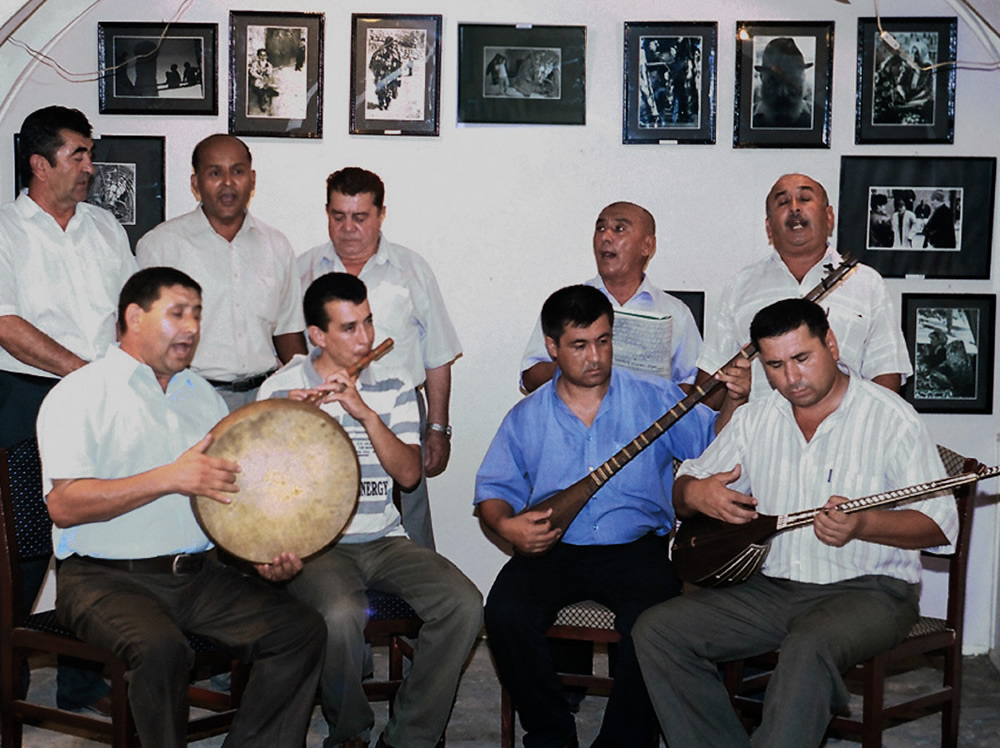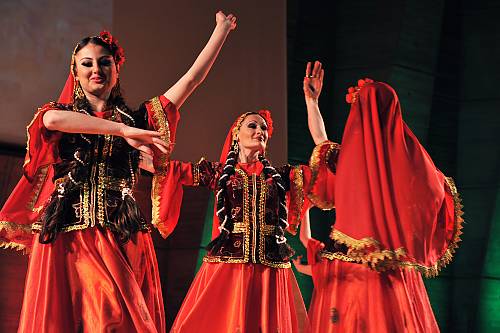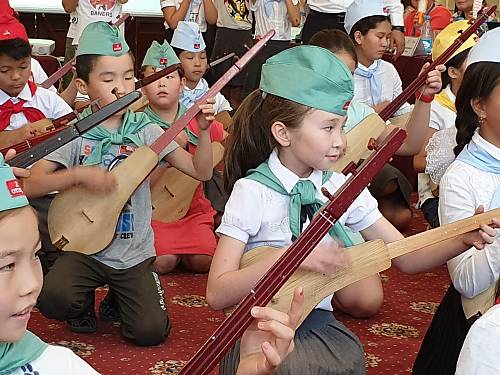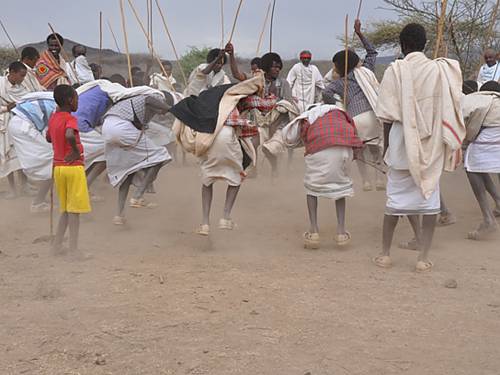Three years after ratifying the Convention for the Safeguarding of the Intangible Cultural Heritage, Tajikistan is moving forward to strengthen its safeguarding capacities as a participant in UNESCO’s global capacity-building strategy, introduced in the country in 2012 thanks to the generous support of Norway. The strategy entails a long-term, multi-faceted approach and includes revision of policies and legislation, strengthening of institutional infrastructures, development of inventory frameworks and methods that fully involve the communities concerned, and reinforcement of technical skills required to safeguard intangible cultural heritage. Tajikistan’s capacity-building efforts are part of a national heritage strategy extending until 2015.
At this stage the country is focusing on how to participate more effectively in the international mechanisms of the Convention, through a five-day workshop from 10 to 14 April 2013 in Dushanbe. Governmental, academic and educational institutions, representatives from craft and traditional music communities, and members of civil society will acquire the knowledge required to elaborate nominations for inscription on the Lists of the Convention, proposals for Best Safeguarding Practices and requests for International Assistance.
Situated along the Silk Roads, Tajikistan hosts rich and diversified cultural heritage ranging from prehistoric times to the Islamic Period and beyond. Intangible cultural heritage, such as Tajikistan’s Shashmaqom music, plays a key role in the transmission of knowledge and traditions and is the foundation of social cohesion and sustainable development.
Event:
Project:
-
Strengthening national capacities for effective safeguarding of intangible cultural heritage in Central Asia (1 January 2012 – 1 January 2016)




